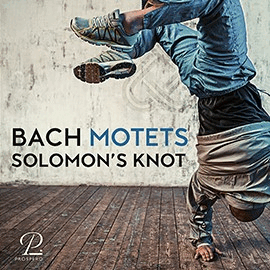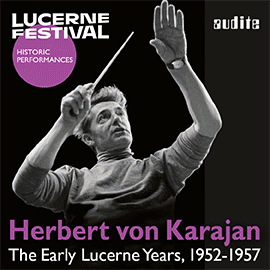Der 25-jährige amerikanisch-chinesische Eric Lu spielt die beiden Sonaten von Schubert mit großer Feinfühligkeit. Der erste Satz der Sonate D 959 zeichnet sich durch ein kraftvolles Drängen aus, in das Lu mit größter Natürlichkeit auch nachdenkliches Verweilen einbettet. Mit tief atmender Gestaltung gelingt ihm im Andantino die Musik der Stille besonders gut, während das glockenhelle Scherzo fast irreal wirkt. Das Rondo wird hier fast sehnsüchtig dargeboten, als tendiere es bereits ins Jenseits, manchmal sogar ganz dezidiert.
Das zwischen die Sonaten eingestreute Allegretto bestätigt den Rang Lus als Schubert-Interpret, weil er es mit liebevoller Hingabe zu einer wichtigen Aussage in Schuberts komplexer Welt bringt.
Die 14. Sonate D 784 lässt er genau so rätselhaft erscheinen wie sie ja auch ist. Die schmerzliche Ausweglosigkeit im ersten Satz und die abwärts gleitende, fast stockende Melodie im Andante sind sehr bewegend. Das Allegro vivace wird mit einer großen Vielfalt an Schattierungen zu einem sehr aufgewühlten Satz, der hier sehr beklemmend wirkt.
The 25-year-old American-Chinese Eric Lu plays Schubert’s two sonatas with great sensitivity. The first movement of the Sonata D 959 is characterized by a powerful urging, into which Lu also embeds pensive lingering with the greatest naturalness. With deeply breathing shaping, he succeeds particularly well in the Andantino’s music of silence, while the bell-bright Scherzo seems almost unreal. The Rondo is presented here almost wistfully, as if already tending toward the otherworldly, sometimes even quite decidedly so.
The Allegretto interspersed between the sonatas confirms Lu’s rank as a Schubert interpreter, because he brings it with loving devotion to an important statement in Schubert’s complex world.
He makes the 14th Sonata D 784 seem just as enigmatic as it is. The painful hopelessness in the first movement and the downward gliding, almost halting melody in the Andante are very moving. The Allegro vivace, with its great variety of shadings, becomes a very troubled movement here.




















